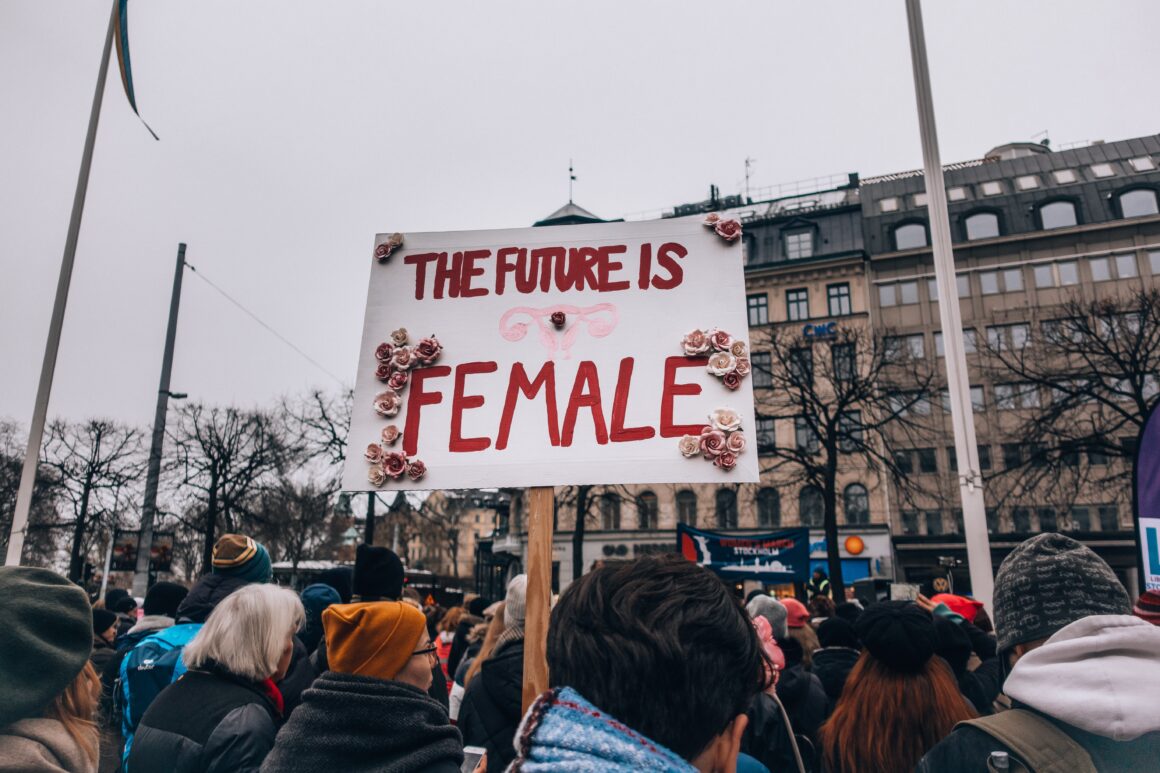Upon October 25, 1996, Core Design—a bygone video game developer that originated within May 13, 1988, and eclipsed an accumulated fifty profitable titles before discontinuing in 2006—and Eidos Interactive—a software technology and video game publisher stationed within the United Kingdom that has since reformed to Square Enix Europe—publicized Tomb Raider to Sega Saturn, PlayStation, and PC compatibility. Tomb Raider spotlighted Lara Croft, a venerated legacy archaeologist tasked with obtaining an invaluable historical artifact whilst combating hazardous terrain, wildlife, and confounding brainteasers. Although Tomb Raider has skywards of twenty releases, including, but not limited to Lara Croft and the Guardian of Light, Lara Croft and the Temple of Osiris, Rise of the Tomb Raider, and spin-offs like the mobile game, Lara Croft Go, and has generated forty-five million copies retailed worldwide, the saga is perceptibly anti-feminist. To illustrate, throughout the introductory Tomb Raider narrative, Lara Croft is unquestionably designed to appeal to a primarily male audience, exhibiting emphasized breasts and slim-fitting attire. In essence, her hypersexualization and objectification was the outset of decades of the ill-treatment of female characters within the video gaming industry.
However, Naughty Dog, a time-honored developer of fan-favorites inclusive of Crash Bandicoot and Jax and Daxter, seized video game production’s suspenders and extinguished its sexist barriers with a critically-acclaimed (soon-to-be) series, The Last of Us.
The Last of Us, which was initially circulated into sales within June 14, 2013, via publisher Sony Computer Entertainment, is an “action-adventure survival horror video game.” Knee-deep in a post-apocalyptic universe, Joel Miller, a jaded smuggler of the Boston, Massachusetts, Quarantine Zone (QZ), is bombarded by a professed “frenemy” and premier of the rebel militia organization coined the Fireflies, Marlene. In summary, Marlene solicits the assistance of Joel and his companion, Tess, to traffic “something” out of the QZ in exchange for illicit merchandise. Much to Joel’s dismay, the “something” eventuates to be a redheaded, freckle-faced, sailor-mouthed, fourteen-year old, Ellie Williams, whom is later divulged to be immune to the cordyceps virus and may be the lock-and-key to a universal cure.
The female characterizations of Tess, Marlene, and of utmost notability, Ellie, throughout their grim dystopia—which is reminiscent of its zombie-centric predecessors 28 Days Later, The Walking Dead, et cetera—is nothing shy of authenticity and legitimacy.
Ashley Johnson—voice actress of Ellie Williams, as well as FBI Forensic Specialist, Patterson, in NBC’s electrifying hit, Blindspot—was the victor of the “Performer” category of the 2015 BAFTA Game Awards for The Last of Us DLC: Left Behind. The downloadable content’s nucleus is two parallel timelines of Ellie’s lifetime; one alongside her kindred spirit and romantic intrigue, Riley Abel, and another chronicling Ellie’s efforts to safeguard a jeopardized Joel ensuing the distressing events of the “Fall” chapter.
In Ashley Johnson’s acceptance speech, she avowed, “I feel so lucky I got to play Ellie. I’m so proud I got to play a strong female character who isn’t [sexualized], or a damsel in distress, or even the opposite of that. Ellie is vulnerable and she’s kind and she’s loyal and she’s the girl who probably wouldn’t have fit in at school. And at times she was also allowed to be scared.
‘This is for the tomboys, and the misfits, and the weirdos, and the outcasts, and the ones who didn’t really fit in. You can sit at my table. Live long and prosper.'”
Throughout the approximately fifteen hours of gameplay, weaving through the four seasons, Ellie weathers a metamorphosis that, albeit contrasts to the “average joe” amidst the Infected and cannibalistic Hunters, is relatable on an assortment of levels. She is apprehensive of the otherworldly reality outside of her accustomed QZ, but is depicted as determined to accomplish the pilgrimage to the Fireflies with the aspiration of aiding in fashioning medicine to rebuild globally. In fact, following an in-game bloodshed with human opponents, she recites from her favored comic book series, Savage Starlight, between wheezes for oxygen and an adrenaline detox, “To the edge of the universe and back; endure and survive.”
In spite of boundless grief as a result of the cordyceps infection and suicide, barbarity from the human beings left unscathed by the pandemic, and an encounter with attempted sexual assault, Ellie treads on, her compassion and resilience never fragmenting from the adversities she is challenged with.
Additional titles have coincided with the notion to foster positive female representation within video game manufacturing, including The Walking Dead Game, which is three episodic seasons demonstrating the undead within Robert Kirkman’s timeless graphic novel and television universe. An indispensable role to the Telltale Games—an esteemed developer instituted within July of 2004 of choice-based/player-led products incorporated of The Wolf Among Us, Tales From the Borderlands, Batman: The Telltale Series, et cetera—award-winning series is an adolescent Person of Color (PoC), Clementine. The audience witnesses her dawn within season one, where she is nurtured by father-figure, Lee Everett, and acquainted with the brutishness of a zombie apocalypse. Throughout season two and season three, A New Frontier, Clementine’s evolution is that of a strong female character, having been previously taxed with mournfulness, manipulation, and the responsibility of tending to an infant, AJ, while still youthful herself. A fundamental quote from Clementine is within season two in the aftermath of an altercation with a “walker” and fellow survivors where she asserts, “Still. Not. Bitten”; a testament to her grit amongst her planet’s twilight.
It is subtle movements of the instruction of characters like Ellie Williams and Clementine that will amend the misrepresentation and sexism females experience within the video gaming—who, statistically, account for half of the population partaking in the field.
In reference to Madeline Messer, a contributor to The Washington Post, who investigated 2015 gaming analytics, “—among the top 50 endless running games for mobile devices, 98% of those with gender-identifiable characters featured male protagonists, of which 90% were free to play. Only 46% of these games offered female characters, and only 15% offered them for free. Playing as a girl required, on average, an additional purchase of $7.53, much more than the games themselves cost.”
In 2005, gender roles experts Karen E. Dill and Kathryn P. Thill conducted a study to, “—distinguish three major stereotypical depictions of women in gaming: (1) sexualized, (2) scantily clad, and (3) a vision of beauty. The study revealed that over 80% of women in video games represented one of these depictions. More than one quarter of female characters embodied all of the three stereotypical categories at once. Dill and Thill also note that another prevalent theme with which women were depicted was a combination of aggression and sex, referred to as ‘eroticized aggression.'”
Furthermore, female LGBTQIPA representation throughout video games are surpassed by its long-held, brazen heterosexism and heteronormativity: “In games with LGBT characters or the option of an LGBT avatar, some aspects of marginalization that occur in contemporary culture are depicted despite the game’s overall adherence to reality. These real social constraints are imposed on a virtual world due to the way games are constructed and the community that inhabits them. Games are made using the same heteronormative basis seen in contemporary culture, and this shapes narrative and characters. In both reality and World of Warcraft, LGBT people are silenced and viewed as abnormal by the rest of the community.”
Although the “light at the end of the tunnel” may materialize with regards to the social issues of video games, it is apparent that we—the consumers—possess the capacity to ignite an inferno ourselves. While Tess, Marlene, Ellie Williams, Riley Abel, and Clementine are inarguably inspirations for progressivism—they are merely the beginning.



